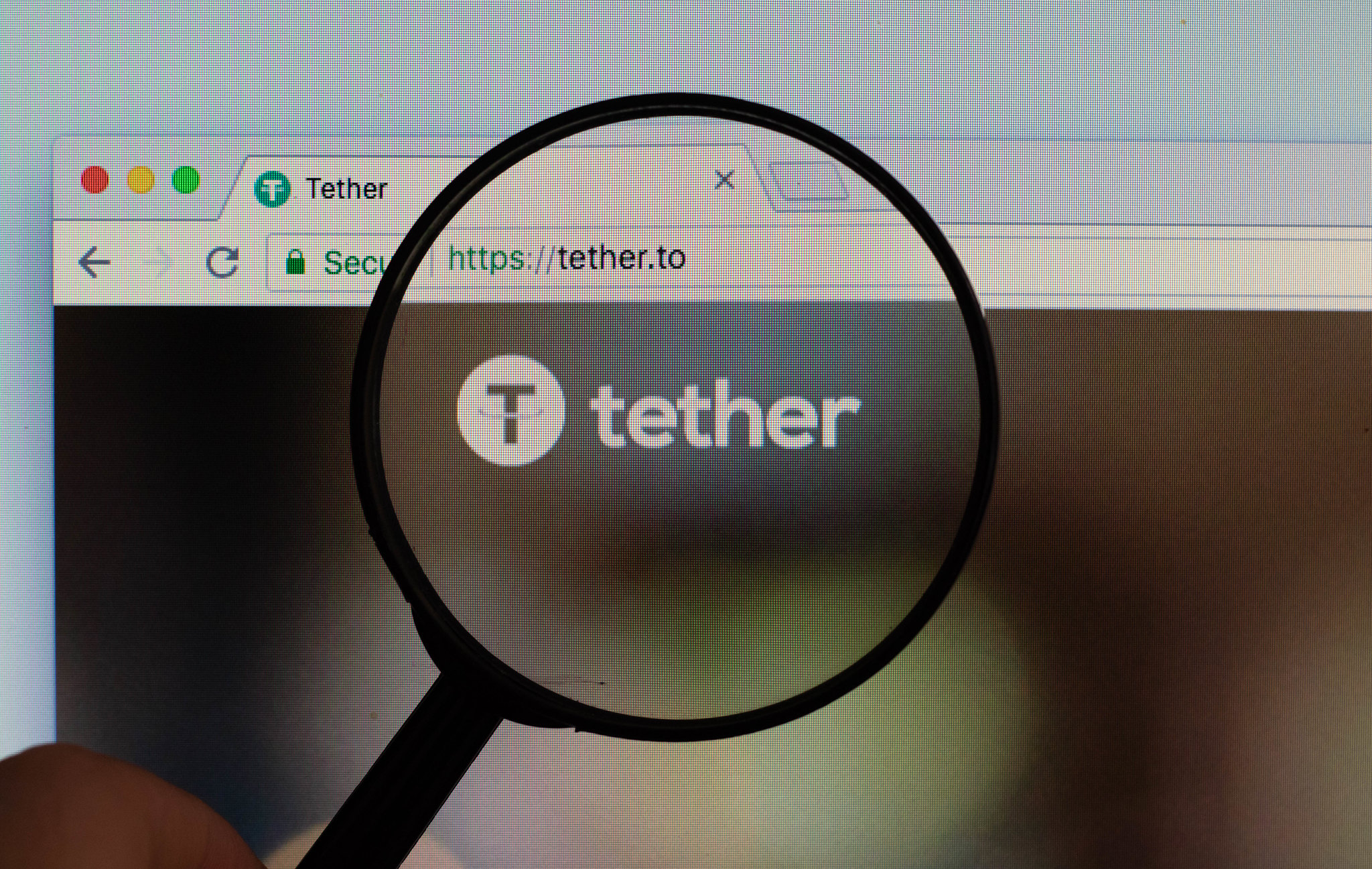Just about one year after the banning of local fiat of crypto exchanges, many traders in China have persisted in driving the crypto market forward by merely using the USDT, which is an acronym for the dollar-pegged stable coin tether.
According to Alexander Pack, the Dragonfly Capital Partners in one of his discussions with CoinDesk, “Crypto trading businesses are restricted from accessing banking services in China, but they are thriving nonetheless,”
Many traders find their ways around such restrictions from banks, and this is done with the use of stablecoins. The global market cap for USDT has gone higher than $4 billion, according to CoinMarket Cap. It is reported that Tether is utilized for 40 to 80% of Binance and Huobi transactions. Binance currently provides loans using USDT collateral.
The asset is highly favored among OTC traders, OTC standing for Over-the-Counter. As a result, official exchange volumes rarely give a complete picture of the situation.
Data on the blockchain, according to CoinMetrics giving a history of the one-year transaction, found an annual increase in activity on the 7th of August, recording up to 78,100 active USDT wallets and up to 21,300 for Ethereum wallet labeled as USDTe. ETH Gas Station, a data site, stated that Tether paid fees of almost $261,000 to Ethereum mines to rue the secondary version of stablecoin. However, a different stablecoin issued by Tether is already in the pipeline, and it is pegged to the Chinese yuan.
All things being equal, brokers for the USDT have already cut a niche for themselves in 2019, and it proved to be a lucrative niche, especially for brokers providing fiat liquidity.
Chinese bulls
Experts believe that the current surge in the usage of USDT may be due to the excitement for a potential bullish market return as opposed to any capital flight pattern change.
A trader based in the United States said that “Tether is the easiest way to hold a relatively stable volume of value at an exchange that doesn’t accept dollars,” “It’s much more about that [USDT] network effect than any technology, infrastructure or other advantage.”
The counter traders make available on-ramps to USDT. This may be a gray market within China. Traders of Chinese origins then make use of the USDT to liquidate their portfolios on various global exchanges, like OkCoin, Huobi, and Binance. This has its negative effect on the bitcoin market since exchanges and traders usually use godfather cryptocurrency for their fiat liquidity outside the OTC. Such bitcoin trading pairs Bitfinex and Kraken.
The anonymous Hong Kong trader, however, noted that is not the only possible way via which traders in China influence the broader market.
The relative stability of the asset in 2010 oscillates by just a few cents in August in spite of the sudden increase in demand. This is highly remarkable considering the legal counsel for the issuance company bearing its name, admitting that the U.S. dollars do not back the stablecoin. Bitfinex is the sister company of the issuer ad the company faces legal severe scrutiny over allegedly misusing the USDT.




